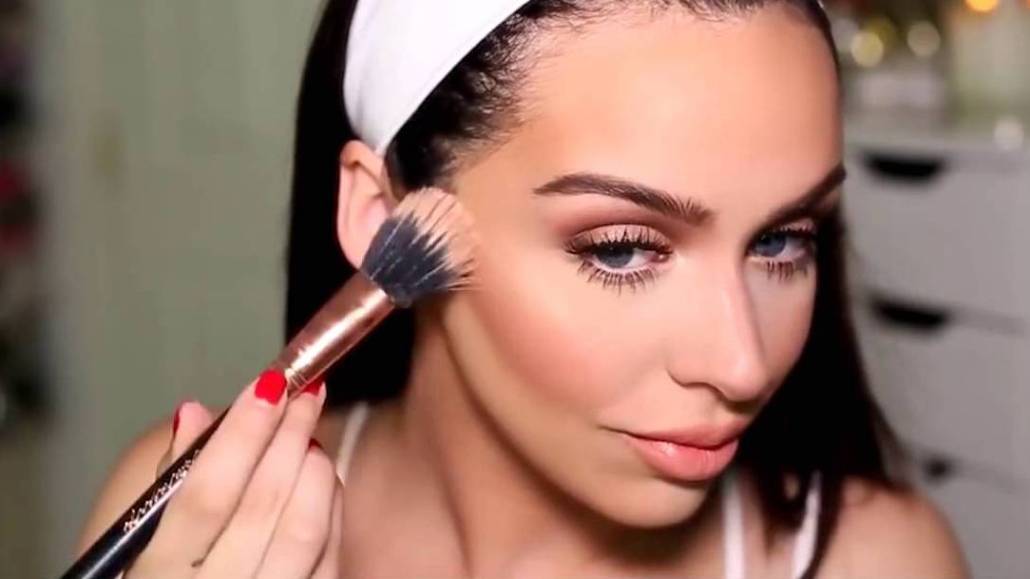Bypassing creative: How agencies are turning influencer posts into programmatic ads

Agency January Digital wants you to see influencer posts more than once. When it promoted a new skin defense cream for a big beauty brand lately, the shop found 10 social stars in the beauty category and asked each to create a blog post to educate readers on product benefits. The agency then ran those posts programmatically so people could read snippets of those articles with accompanying images on the likes of Allure, Bazaar, Shape and PopSugar.
It worked. Within the first week, the engagement rate was “100 times higher” than it would have been in an influencer campaign without programmatic, according to Vic Drabicky, founder for January Digital. “We always want influencer endorsements but we cannot see much value if people only read the content on an influencer’s blog or social channels,” said Drabicky.
January Digital is one of the few agencies using influencer content to give automated ads a native feel. The process is simple: Advertisers take a post that is doing well in an influencer campaign — be it a blog, an Instagram image or a YouTube video — repurpose it and then distribute the content through programmatic native vendors like TripleLift and Taboola. The approach aims fill the gap between programmatic and creative, an issue that has been lingering for years.
“Advertisers usually negotiate upfront in the contract that they want rights to a piece of content. Then we will let the influencer know and negotiate a rate,” said Kamiu Lee, head of strategy and business development for content platform Bloglovin. “In some ways, brands are doing this to bypass traditional creative.”
While every contract is different, for top-tier social stars, the price could be four times more than their standard rate if the content is repurposed for usage beyond a brand’s own social channels, Lee added.
As agency executives and tech vendors grumble that little headway has been made in merging creative and programmatic, the merge of programmatic and influencer content comes as an easy fix. Corey Martin, head of influencer marketing and PR for agency 360i, thinks that too often programmatic is served to distinct audiences, but with generic messaging. So by converting influencer content into programmatic native ads, advertisers can deliver content that is more relevant to the target audiences and see higher engagement.
“Programmatic media can also provide another layer of measurement to help brands assess the performance of content and the ultimate value of influencers,” said Martin.
But the success with this tactic is going to vary wildly with the appeal of the content, require lots of A/B testing and will probably fail to use the programmatic technology as effectively as possible, according to Victor Wong, CEO for programmatic creative company Thunder.
“Agencies should at least consider buying sponsored story inventory so that they can repurpose the blog post in its entirety in the medium it was meant to be seen in, as opposed to trying to fit it into some other format,” said Wong. “And then the next challenge is to find the right inventory that matches the ad.”
In order to make sure that programmatic influencer posts are targeted, January Digital’s Drabicky said that his agency usually starts with a whitelist of sites to ensure that the content is running in a brand-safe environment. Then the team layers demographic, interest, behavior and topic targeting on top, and optimize on a constant basis to find the right mix of targeting.
“By leveraging both publisher-level targeting and user-level targeting, we are able to highly qualify the audience and ensure the brand is presented in the most appropriate way,” he said.
We’ll be discussing smart ways to use influencer marketing at the Digiday Brand Summit in Charleston, South Carolina from April 18-20. Join us.
More in Marketing

The case for and against organic social
Digiday has delved into the debate, weighing the arguments for and against marketers relying on organic social.

Inside Google’s latest move to postpone the cookie apocalypse
Despite Google’s (most recent) assurances that it would stick to its (newest) game plan, there has been a lot going on as of late.

While Biden signs the TikTok bill, marketers still aren’t panicking
No one seems convinced (yet) that an outright ban will happen anytime soon.








